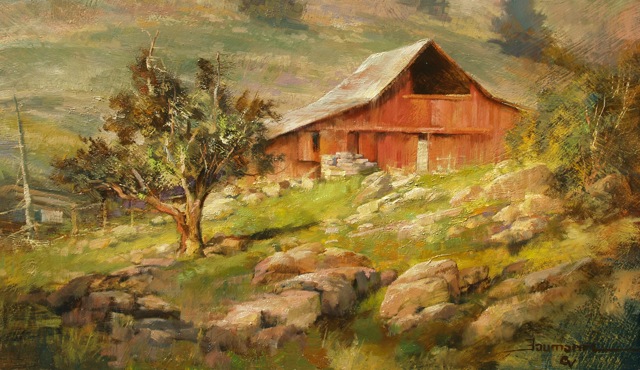The Secrets of Priming and Preparing Panels for Painting
Part One: Selecting the Panel
For an artist, nothing beats the feeling of working on a flawless painting surface that has been carefully prepared by skilled craftsmen educated in the Renaissance tradition with recipes that have been handed down from generation to generation for hundreds of years. These recipes included various exotic ingredients such as resin extracted from trees farmed in the Amazon rainforests in Brazil, which was then hand pressed by Monks, and aged in cellars for 30 years as the main ingredient. Also, marble pumas mined from the same quarries in Italy that Michangelo used to sculpt his masterpiece “David,” was used along with linen textile made from the heartiest flax seed grown in eastern Europe that was then hand spun in Belgium using thread counts in the thousands. All of this was applied to wood, cut harvested from the western slopes of the France and Italian Alps, milled into panels, assembled in Venice, and exported around the world.
During the early days, preparation of the surface of the panel was a guarded secret, an art in itself, a skill passed down for generations. And unfortunately, often the secrets died with the artist. Many artists hired apprentices to prepare the grounds and mediums used to create these magic surfaces. They where sworn to keep these secrets from other rival artists and would not deliver the panels until they were properly dried in fear that a rival artist could smell the medium used in the preparing the surface. The finish of the surface was often the defining difference that contributed to creating a successful result as much as the painting itself.
Nowadays, we can step up to the counter at big box art store and buy 10- 8x 10 canvases for $10, and with a coupon, get another 20% off. Students ask me, “Why should I waste my money on quality supplies or spend hours of my time preparing a canvas when I am only learning how to paint and the paintings that I’m doing are just studies or practices and will probably get thrown away?”
I answer by saying “Inexpensive practice canvases will never come close to the experience that you will have with a quality canvas or panel. In fact, if you practice from the start on quality panels, it might change the way you practice painting forever. The quality of the surface will impact the way you apply your paint, the quality of your stroke, the way your paints blend and react to the surface, and the way light reflects on your brushstrokes.”
Yes, it is true that you can practice on inexpensive canvases, but what could you have achieved if you would have done it on a superior surface? Experiencing the way the paint absorbs or does not absorb, or how transparent or soft the paint appears on the surface of a fine canvas may help you think about painting in a different manner all together. Investing time and effort in the preparation and care of all of your materials will serve you well and will greatly assist you along in the painting process. Always be prepared and ready to paint with the best supplies possible.

